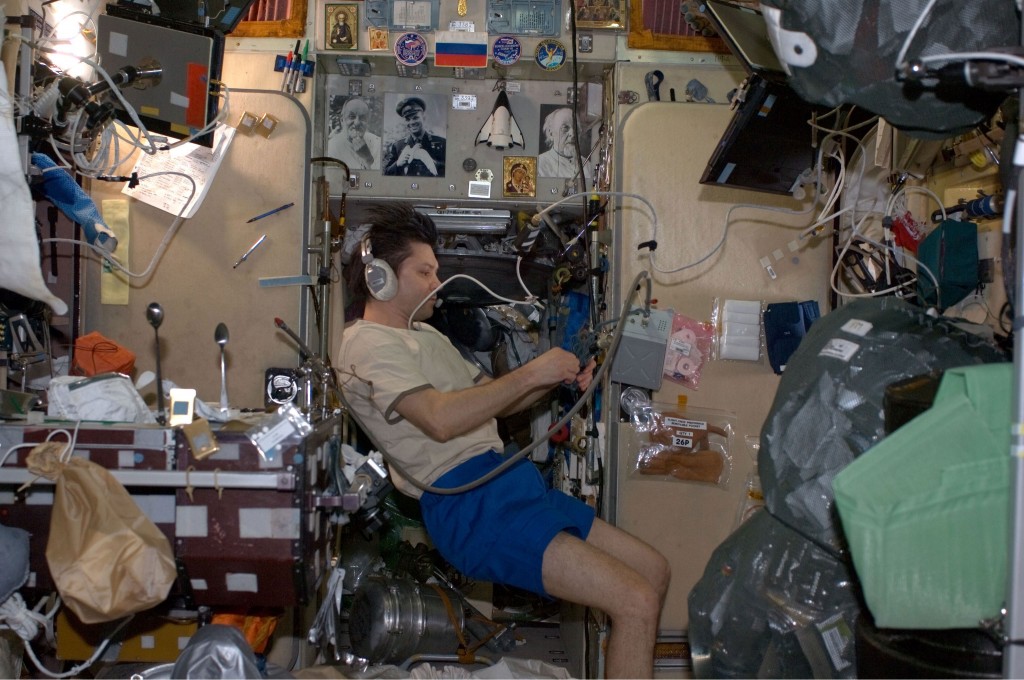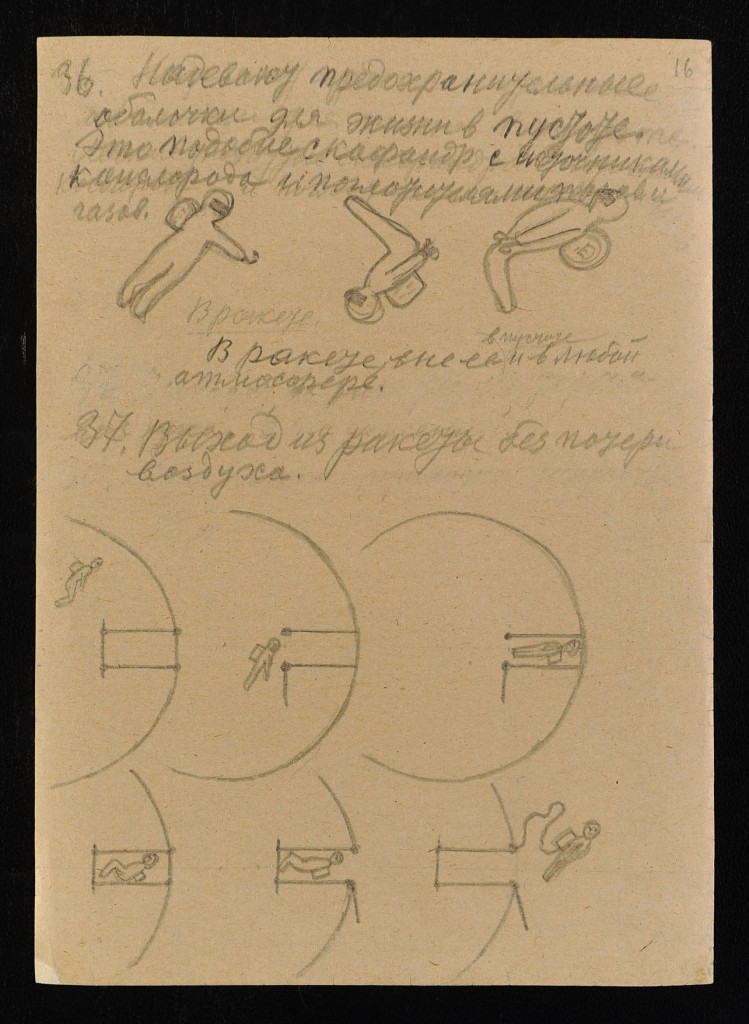Look closely at this picture from the Russian module of the International Space Station and you will see two images of a man with a white beard. Known as the grandfather of Soviet space travel, this man dreamt of international space stations as early as the 1890s and cosmonauts still pay homage to him today. Born on this day (17 September) in 1857, the man’s name is Konstantin Tsiolkovsky.

Tsiolkovsky’s contribution to the science of space travel is diverse and astonishing, with his work ranging from robust science to science fiction. Citing the work of Jules Verne as a personal inspiration, Tsiolkovsky believed science fiction was a valuable tool in advancing and popularising serious scientific ideas. Subsequently, Tsiolkovksy himself produced three sci-fi novels, and towards the end of his life acted as technical advisor on the production of the Soviet sci-fi film ‘Cosmic Voyage’ (1936).

However, Tsiolkovksy’s prominence in the field of space travel is due to his work on the mathematics and mechanics of how to reach outer space. He famously calculated the possibility of doing so by using liquid-propellant rockets. In addition to developing concepts on launch and orbital dynamics, Tsiolkovksy considered devices that would allow a human being to survive in space, including space suits and space food.

Tsiolkovsky’s achievements are even more extraordinary in light of his circumstances. Growing up in a large family of limited means and suffering from severely impaired hearing after contracting scarlet fever as a child, Tsiolkovsky was self-educated. After a brief period in Moscow where he taught himself mathematics, physics, astronomy and chemistry using public libraries, Tsiolkovsky returned to the provinces to become a school teacher and start a family.
Fleeing a bleak existence, he immersed himself in a world of inventions, struggling to get his work published – he was essentially founding a new field of science – but doggedly self-publishing when possible and gaining local followers intrigued by his ideas of metallic air ships, extra-terrestrial life and the colonization of other planets.
Tsiolkovsky’s work was driven by the idea that space travel would allow the human race to abandon Earth in the face of overpopulation and natural catastrophes, thereby securing the continued existence of humanity. He envisioned a species of super humans, a form of eugenics drawing on the likes of Nietzsche that does not tend to sit comfortably with those eulogizing his life and work in modern times. These super humans would use Earth as a source of energy and raw materials and cosmic evolution would eventually allow them to shed their physical “shells” and develop into energy, becoming immortal and boundless.
Despite receiving minor recognition from the state following the Russian Revolution of 1917, Tsiolkovsky’s situation remained relatively unchanged until he neared the end of his life in the 1930s when he was officially hailed as a hero.
Following the launch of the Soviet space programme in the 1950s, he went on to achieve cult status. To this day, Konstantin Tsiolkovsky remains a key inspirational and spiritual figure in the cosmonautical movement, alongside Chief Designer Sergei Korolev and the first man in space, Yuri Gagarin.
Ulrika Danielsson is a Content Coordinator for the Cosmonauts exhibition. Discover Tsiolkovsky’s story and the dramatic history of the Russian space programme in our new exhibition, Cosmonauts: Birth of the Space Age, open 18 September 2015 – 13 March 2016.